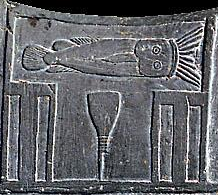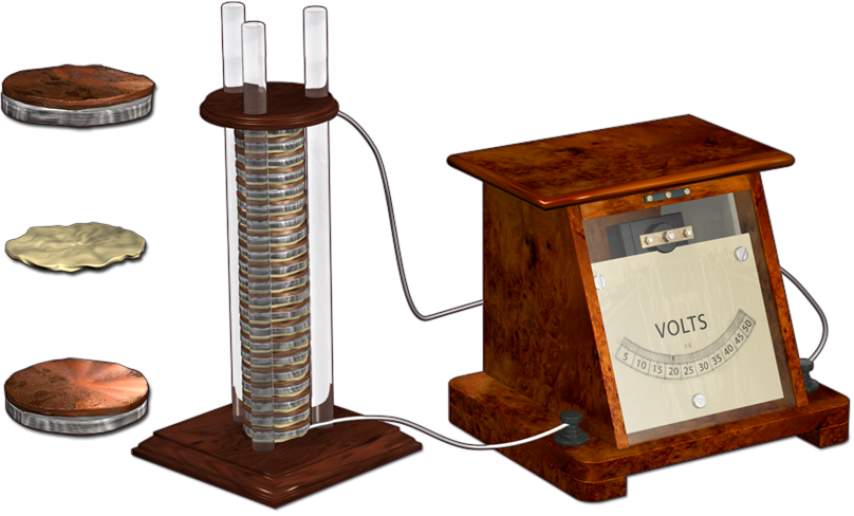5.3.1 Electricity
05 Early Arcades and Electricity
A Brief History of Electrical Engineering: Electricity
We've learned a little bit about the origins of microprocessors and circuits in our module on early computers and Alan Turing.
Here, I would like to introduce some fundamental concepts of electrical engineering, one of the most important disciplines underlying the development of the modern computer. This section is intended to give you a sense of the big picture: from electricity itself to the development of transistors, a global telecommunications network, and eventually the microchip and microprocessor.
What is Electricity?

Lightning striking, source
In order to understand the discoveries in electrical engineering that provided the foundation for the creation of digital games, it is helpful to know a little bit about electricity. According to Oxford Languages Dictionary, electricity is: "a form of energy resulting from the existence of charged particles (such as electrons or protons), either statically as an accumulation of charge or dynamically as a current."

Human knowledge of electricity in nature goes back to the ancient Egyptians, who believed that sick people could be cured by receiving a shock from the electric fish that swam in the Nile. Various theories suggest ancient knowledge of links between electricity and magnetism. However, the modern quest to understand, harness, and use electricity really took off in the 17th century.
Harnessing Electricity: The Origins of Electrical Engineering
If asked who "invented" or "discovered electricity", many people would say Thomas Edison. Edison's electrical experiments and theories of electricity were pivotal, but giving credit only to Edison simplifies a long history of experimentation and debate. Since the 17th century, innumerable machines have been created to generate and control electricity, continuing up to the present day.

Hauksbee electrostatic generator, 1709
One important early machine that harnessed electricity was Francis Hauksbee's Electrostatic Generator (1905). An improvement of Otto von Guericke's earlier electricity-generating machine, Hauksbee's Electro Static Generator consisted of a hand turned crank which rubbed a mercury filled ball to build up a charge. The device produced enough visible light for reading.
In the mid 1700s, Benjamin Franklin conducted his famous early experiments into the nature of electricity, showing that lighting was in fact an electrical phenomenon, and offering the groundbreaking "single liquid" theory of electricity. This theory states that electricity is a single fluid which travels from positive to negative.
Applying this insight into the nature of electricity, in 1799, Allessandro Volta invented the first battery. Called the Voltaic Pile, it was created by by stacking layers of Copper and Zinc separated by layers of damp cloth, soaked in an "electrolyte" brine. This set up paved the way for the modern battery, which follows the same principle of stacking an anode (-) separating and a cathode (+) between a layer of electrolyte.



In the 1800s (19th century), electricity made the jump from being the object of scientific studies to a necessary resource used in everyday practical technologies. In the mid 1820s, Georg Ohm arrived at Ohms Law, giving a standard formula for calculating the relationship between current (the rate at which electricity flows through a circuit) and voltage (the amount of electrical charge).
The telegraph was invented in 1816 by Francis Ronalds. As a communication device, the telegraph allowed for the transmission of a signal over long distances connected by copper wire. By the early 1840s, was being used to connect practitioners of the electrical engineering profession across the globe.
In this period, electrical engineers and their companies multiplied. Thomas Edison (pioneer of DC) competed with George Westinhouse (pioneer of AC) to provide the most expansive network of electrical supply in the United States. The late 1890s saw the development of countless other electronic components and systems of measurement, leading up to the standardized systems of electrical supply and regulation in use to this day.
In our next part, we will introduce the transistor as an important precursor to the development of the microchip and microprocessor.